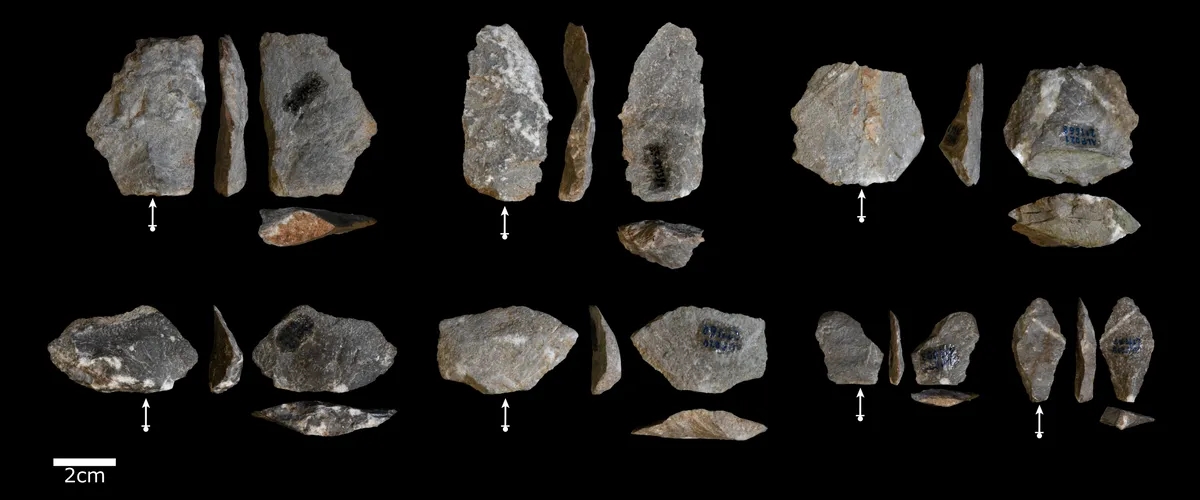Shards of stone produced by long-tailed macaques in Phang Nga National Park in Thailand bear a striking resemblance to those found in some of the earliest human archaeological sites in East Africa, researchers at the Max Planck Institute for Evolutionary Anthropology have found.
The monkeys use rudimentary stone tools like a hammer and anvil to crack open nuts. During this process, small, sharp shards of the stones often flake off and are left littering the ground of their habitat.
Although the monkeys haven’t been observed using them, these smaller fragments of stone are similar in size and shape to those commonly unearthed on early human settlements.
“The ability to intentionally make sharp stone flakes is seen as a crucial point in the evolution of hominins, and understanding how and when this occurred is a huge question that is typically investigated through the study of past artefacts and fossils. Our study shows that stone tool production is not unique to humans and our ancestors,” said lead researcher Dr Tomos Proffitt, a researcher at the Max Planck Institute for Evolutionary Anthropology.
“The fact that these macaques use stone tools to process nuts is not surprising, as they also use tools to gain access to various shellfish as well. What is interesting is that, in doing so, they accidentally produce a substantial archaeological record of their own that is partly indistinguishable from some hominin artefacts.”

The discovery offers new insights into how early humans may have begun making stone tools and suggests that the practice may have been linked to a similar nut cracking behaviour.
“Cracking nuts using stone hammers and anvils, similar to what some primates do today, has been suggested by some as a possible precursor to intentional stone tool production," said Dr Lydia Luncz, head of the Technological Primates Research Group at the Max Planck Institute for Evolutionary Anthropology.
"This study, along with previous ones published by our group, opens the door to being able to identify such an archaeological signature in the future.
“This discovery shows how living primates can help researchers investigate the origin and evolution of tool use in our own lineage.”
Read more about early humans:
